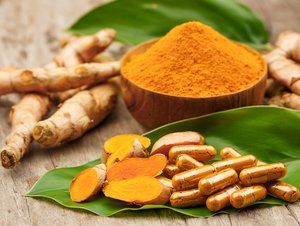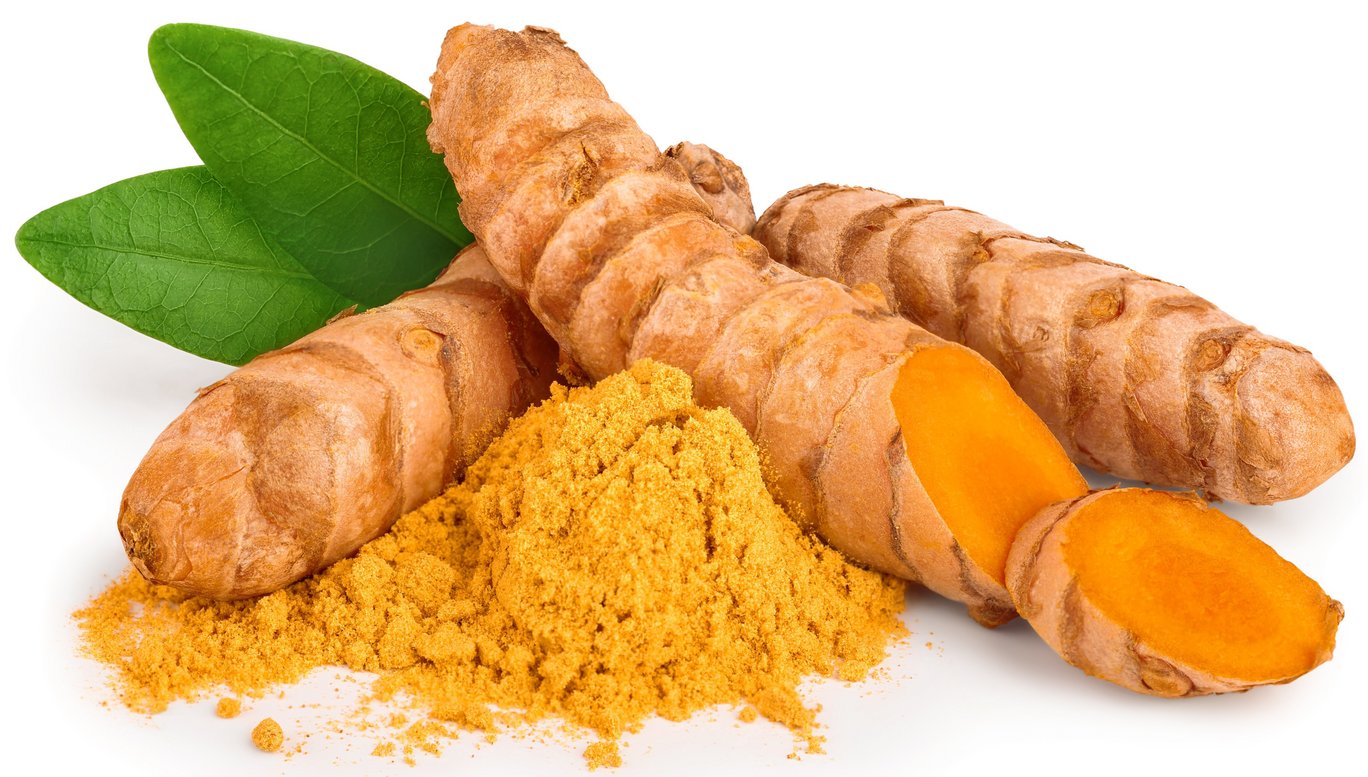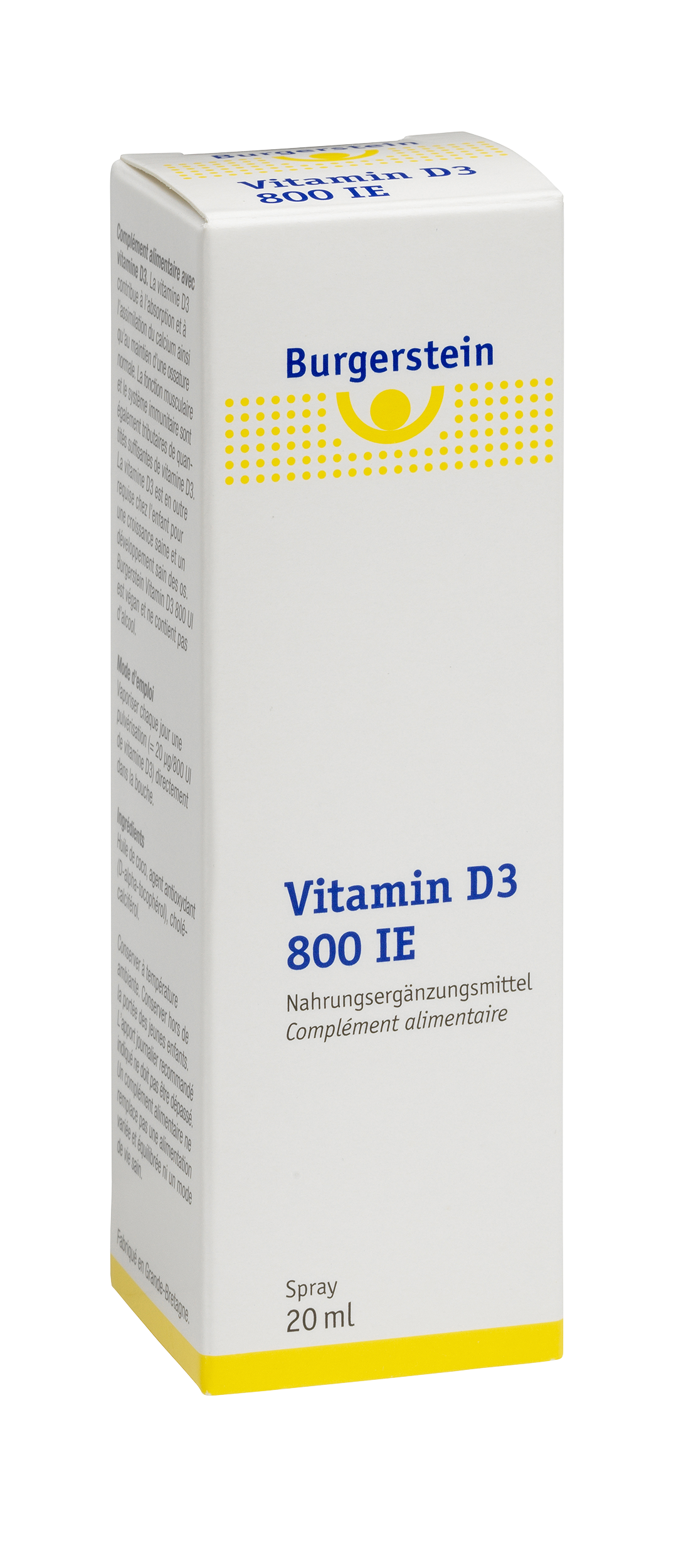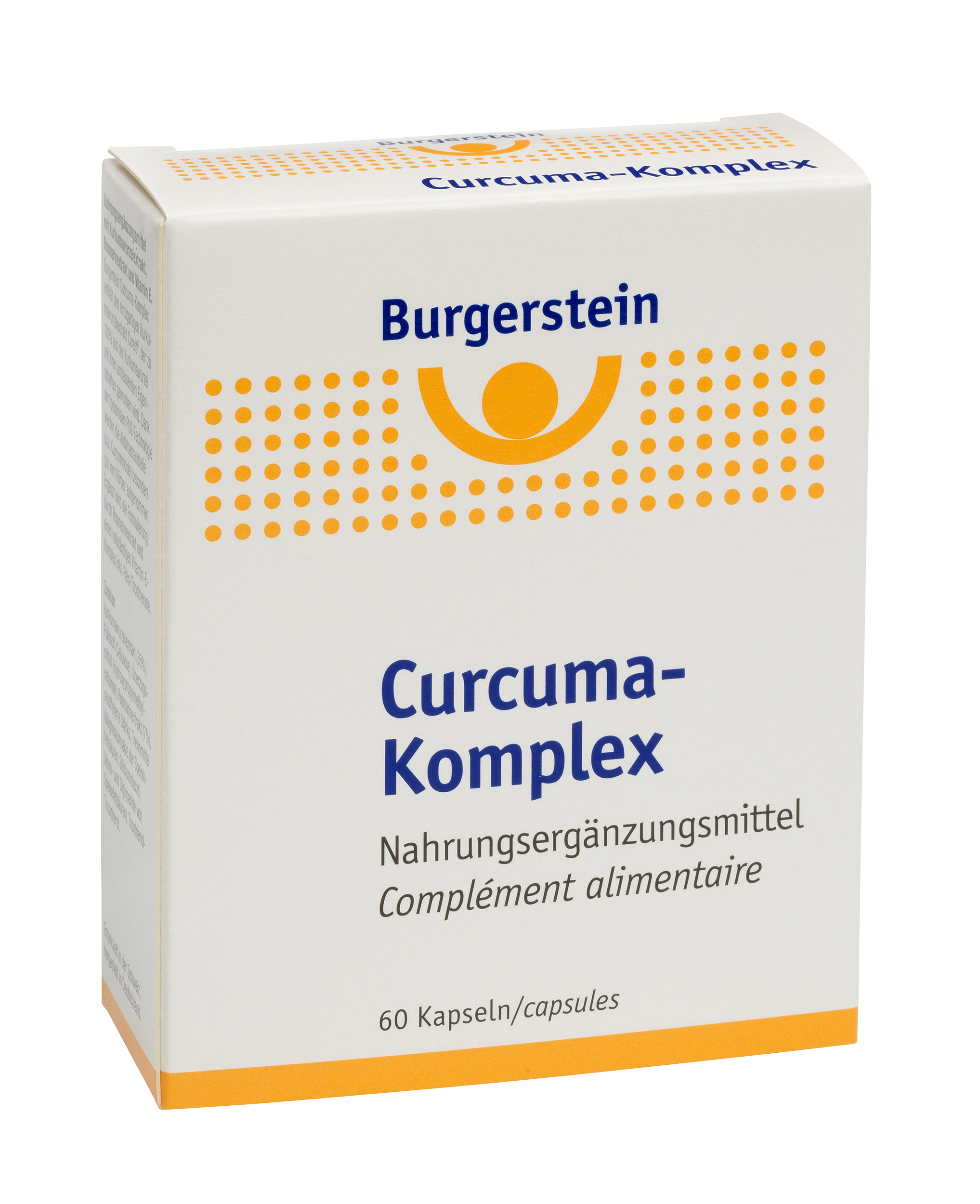Turmeric
In India and Southeast Asia, turmeric has been used therapeutically in traditional Chinese and Indian medicine for over 4000 years. The wide range of different galenic formulations and the often low bioavailability are repeatedly criticized. It is therefore very important to pay close attention to the selection of turmeric extract when buying a dietary supplement with turmeric.
Fields of application of turmeric

- Inflammatory diseases (osteoarthritis, rheumatism, inflammatory bowel diseases or psoriasis)
The effectiveness of curcumin in osteoarthritis and rheumatism has been proven by numerous studies. In particular, curcumin appears to reduce pain and improve joint functionality. Compared to classical painkillers, fewer gastrointestinal side effects occur under curcumin treatment. In addition, it has been shown that supportive curcumin therapy is useful in patients with the inflammatory bowel disease ulcerative colitis who are treated with the active ingredient mesalazine. - Metabolic syndrome including diabetes and fatty liver
Curcumin improves some components of the metabolic syndrome, especially blood glucose levels. It also seems to have a positive effect on fat metabolism. The positive effect of curcumin on metabolism can be explained by its influence on liver metabolism and by increasing the level of adiponectin in the blood. - Anti-aging and reduction of silent inflation
Many adults - due to physical inactivity, obesity, a disturbed intestinal flora, poor nutrition, chronic stress, poor sleep, smoking and also exposure to environmental toxins - are affected by inflammatory processes, especially the so-called "silent inflammation". The anti-inflammatory effect of turmeric on such inflammation in the body is evident at the cellular level in the reduction of pro-inflammatory and antioxidant markers. The reduction of these systemic low-threshold inflammations is the goal of anti-aging strategies. - Mental and neurological diseases
Inflammatory reactions seem to play a role in diseases such as depression, but also in dementia and Alzheimer's disease. Thus, it is not surprising that a recent meta-analysis shows that curcumin reduces depression and anxiety symptoms. Furthermore, curcumin appears to increase serum levels of BDNF (brain-derived neurotrophic factor) and mitigate neurotoxic damage that occurs in Alzheimer's disease. - Oxidative stress and muscle soreness
Curcumin helps with oxidative stress. In turn, oxidative stress and inflammatory reactions play a role in the development of muscle soreness. One study showed that taking turmeric 2 days before and 2 days after exercise can reduce the degree of muscle injury and pain.
Good to know about turmeric
- India is the leader in the cultivation of turmeric and produces about 80% of the world's harvest
- a total of about 230 different compounds are known from the turmeric root
- the highest concentrations of compounds are found in the rhizome (rootstock) of the plant
- turmeric root contains 3-5% curcuminoids (77% curcumin, 17% demethoxycurcumin, and 3-6% bisdemethoxycurcumin) and about 6% turmeric oil
Turmeric in combination with vitamin E and rosemary extract
The anti-inflammatory effect of turmeric components is undisputed. But other plant extracts, e.g. rosemary and micronutrients such as vitamin E, also have anti-inflammatory and antioxidant effects and can positively support the action of turmeric.
Rosemary is traditionally used in our diet as a spice. In foods, rosemary is also used as a preservative and antioxidant. In particular, the phenolic diterpenes (carnosol and carnosolic acid) of rosemary have both anti-inflammatory and antimicrobial effects and can even inhibit the growth of tumors in cell cultures.
Vitamin E protects the body from oxidative and inflammatory processes. The vitamin E family contains 8 different compounds: 4 different tocopherol (α, β, γ, δ) and 4 different tocotrienols (α, β, γ, δ). If we consider the "pure vitamin effect", α-tocopherol is particularly relevant in this respect. In comparison, α-tocotrienol has a 3 times less effective "vitamin effect". In contrast, tocotrienols have a significantly higher anti-inflammatory activity compared to tocopherols.
The problems of bioavailability
Bioavailability indicates (in %) how much of a substance is absorbed from the intestine. It is therefore a pharmacological measure of the proportion of an active ingredient that is absorbed unchanged by the intestine. If the active ingredient enters the bloodstream and remains there for a sufficient time before it is broken down and excreted, it can also develop its beneficial effect in the body. The therapeutic use of turmeric root was long limited by the fact that the bioavailability of the active substances was very poor. The valuable ingredient of turmeric, curcumin, is not water-soluble. It is difficult for the body to absorb non-water-soluble active ingredients well in the intestine. Therefore, like fat-soluble vitamins, it is important that the active ingredient is absorbed in combination with fat to achieve better bioavailability. Alternatively, intestinal absorption can be improved by coating the extracted fat-soluble curcuminoids with water-soluble molecules. This is possible in several ways:
1. The coating of curcuminoids with substances foreign to curcuma.
In modern products, the coating of curcuminoids is achieved by surrounding the very fat-soluble curcuminoids with a layer of highly water-soluble molecules:
First, the curcuminoids are extracted from the root by means of extraction processes. In a second step, the purified curcuminoids are coupled with water-soluble particles. Numerous different approaches are used for this step:
- Bioavailability can be improved by means of formation of micelles, liposomes, cyclodextrin complexes or emulsions.
An example of the coating of curcuminoids by means of a specific technology is the scientifically well researched Meriva® extract. Meriva® combines curcuma longa extract and phosphatidylcholine (from lecithin) by means of Phytosome® technology. Such coating of curcuminoids with phosphatidylcholine (the main component of cell membranes) ensures better absorption and thus better bioavailability of the extract.
- Coupling with nanoparticles is also very popular. Here, for example, the curcuminoids are coupled with water-soluble components or also solid lipid nanoparticles.
However, these processes have the disadvantage that they sometimes involve the use of non-naturally occurring excipients.
2. The addition of piperine
The addition of pepper is a time-honored method of improving the bioavailability of various molecules. Piperine, the active ingredient in pepper responsible for this, can also be used on its own - it is added to curcumin in some products. While piperine does not necessarily increase curcumin absorption in the intestine, it does reduce the rate of degradation of curcumin in the intestinal tract, thus improving bioavailability. This occurs by inhibiting certain "liver enzymes." However, those enzymes are not only important for curcumin metabolism in the body, but also for drug metabolism. Therefore, relevant interactions with drugs or other preparations may occur. Furthermore, it must be noted that piperine may irritate the intestinal mucosa, which can be very unpleasant in case of hypersensitivity.
3. Improvement of bioavailability without excipients foreign to turmeric
No excipients foreign to turmeric are used in the turmeric raw material Cureit® in order to achieve high bioavailability. For Cureit®, not only the very fat-soluble curcuminoids are used from the turmeric root, but also
- the components of turmeric oil, which are obtained by steam distillation, and
- the water-soluble components of turmeric (e.g. carbohydrates and proteins) obtained by water extraction.
Thus, Cureit® contains a complete turmeric matrix. The polar-unpolar sandwich (PUS) technology used in Cureit® couples the water-insoluble curcuminoids and the components of turmeric oil with water-soluble turmeric components. Thus, this PUS technology enables, on the one hand, the comprehensive spectrum of turmeric constituents to be contained in the turmeric preparation and, on the other hand, to increase bioavailability, water-soluble and fat-soluble turmeric constituents are used layered in a matrix: on the outside is the water-soluble part (which can be easily passed through the intestinal wall) and on the inside is the fat-soluble part.




